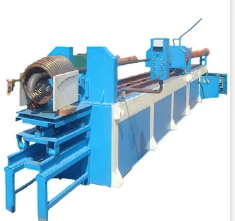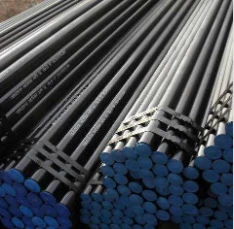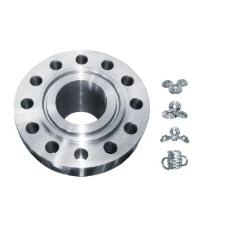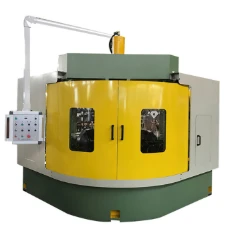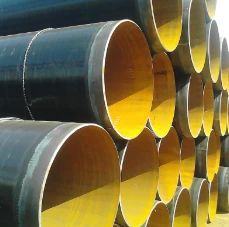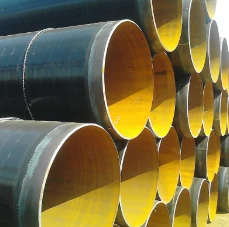Understanding SA 106 Gr B Temperature Range for Piping Applications
The SA 106 Gr B is a specification that primarily deals with seamless carbon steel pipes. It falls under the ASTM A106 standard, which outlines the requirements for the manufacture, heat treatment, and testing of these pipes. These pipes are extensively used in industries such as oil and gas, power generation, and chemical processing due to their strength, durability, and versatility. A critical aspect of these pipes is the temperature range in which they can safely operate, as it directly influences performance, safety, and longevity.
Composition and Properties
SA 106 Gr B is primarily composed of carbon, with small amounts of manganese, phosphorus, and sulfur. The carbon content is crucial because it significantly impacts the mechanical properties of the material. Generally, the permissible carbon range is between 0.25% and 0.30%. This composition allows the material to exhibit good tensile strength, allowing it to withstand high-pressure environments involved in various industrial applications.
The specification allows for the material to be used in temperatures up to 750°F (approximately 400°C)
. This temperature range is critical when considering the operational environment of piping systems in high-temperature applications.Temperature Range and Its Importance
Understanding the temperature range of SA 106 Gr B is essential for several reasons
sa 106 gr b temperature range
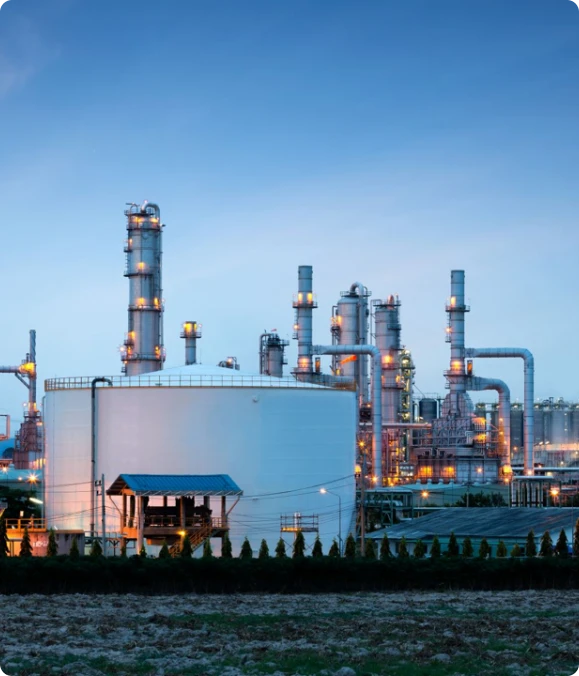
1. Material Integrity Operating outside the recommended temperature limits can result in adverse effects on the material’s integrity. For instance, at elevated temperatures, the mechanical properties of the steel may start to degrade, leading to reduced tensile strength and ductility.
2. Thermal Expansion At higher temperatures, materials expand. If the expansion of the pipes is not appropriately managed, it can lead to stresses that might cause joints to fail or the piping to warp, leading to leaks or catastrophic failures. Proper design and material selection must account for thermal expansion to ensure safety and reliability.
3. Choose the Right Grade While SA 106 Gr B is suitable for high-temperature applications, engineers often need to evaluate whether this grade meets the specific temperature requirements of their application. If the operation involves temperatures exceeding 750°F, supervisors may need to look for alternative materials with enhanced high-temperature properties, such as SA 335 P11 or P22 grades.
4. Corrosion Considerations At elevated temperatures, certain environments may increase the risk of corrosion, particularly in the presence of certain chemicals, moisture, or contaminants. Therefore, understanding the temperature range becomes essential for selecting appropriate protective measures or coatings to prolong the life of the pipes.
Practical Applications
SA 106 Gr B pipes are typically used in the manufacturing of pipelines for transporting liquids and gases, such as oil, natural gas, and water, particularly over long distances. Their ability to withstand high temperatures and pressures makes them ideal for power plants and petrochemical facilities where extreme conditions are common.
In conclusion, understanding the temperature range of SA 106 Gr B plays a pivotal role in the design and reliability of piping systems within various industrial applications. By ensuring that the operational temperatures remain within the specified limits, engineers and safety professionals can help prevent failures, improve operational efficiency, and enhance the overall safety of the facilities that employ these critical components. Proper assessment and implementation of material characteristics are crucial in the quest for safety and performance in any piping system utilizing SA 106 Gr B.
Post time: Déc . 25, 2024 09:29










